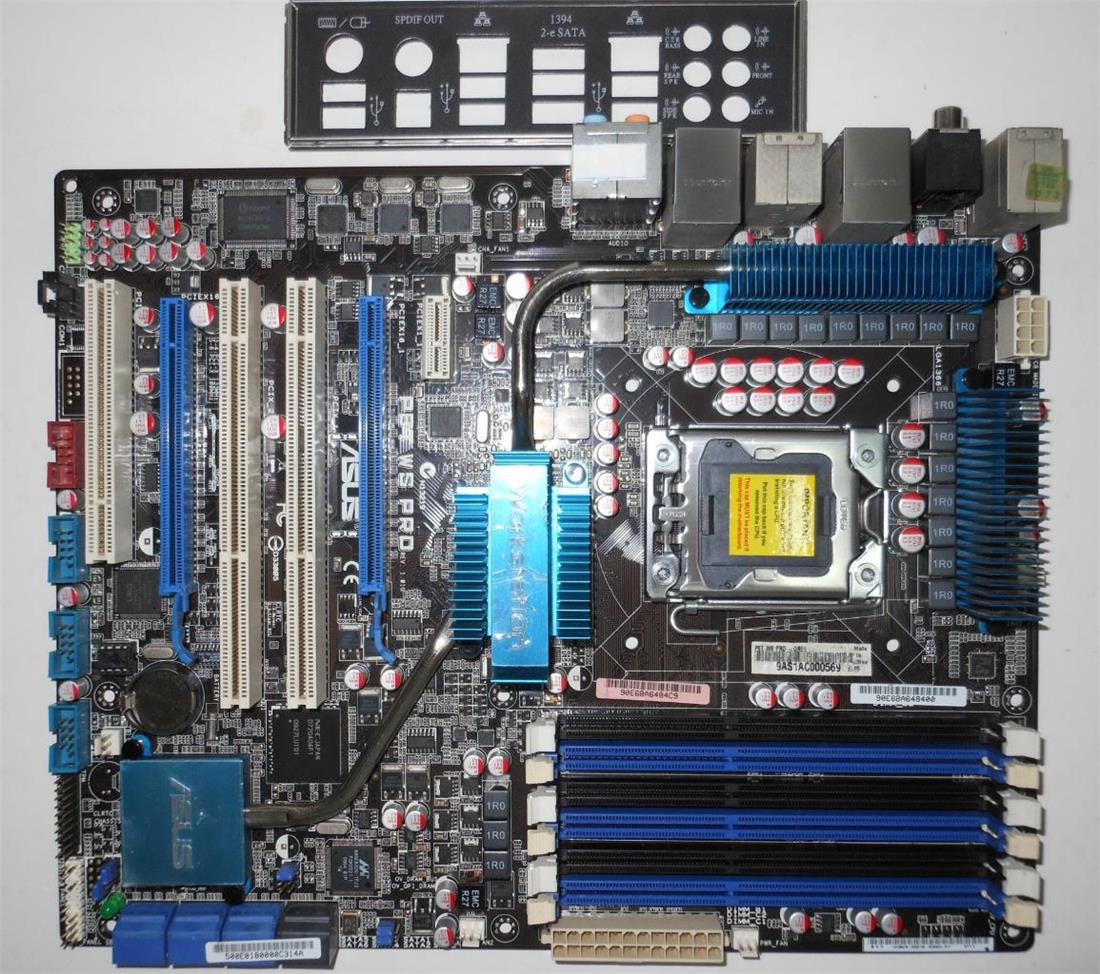It ultimately depends on the card and slot. All PCI-X cards/slots are 64-bit, meaning for each clock cycle of the bus, 64 bits of data are transmitted/received.
Then there is the clock speed. Most slots for PCI-X 1.0 are 66mhz or 133mhz. My IBM EServer 235 has 133mhz slots. So at max bus speed, assuming full attention to the bus, you will be getting 64 bits of data 133,000,000 times every second. The calculation to get the speed in bytes per second would be 64/8 x 133,000,000 (for the simplest one) for the advertised 1,064,000,000 bytes per second or 1,064 megabytes per second (SI units). Some servers (at least mine) have the speed of the slot written somewhere on the case, if not in the manual or on the board. If you happened to have an older server with a 66mhz slot, then you would have a different calculation (but in essence it would be around half the speed because 66.66mhz is 133.33mhz/2).
Keep in mind that while this is the maximum theoretical bus speed, things like system interrupts, other cards, and other things may slow it down depending on motherboard construction, chipset, how many CPUs you have, and other factors.


